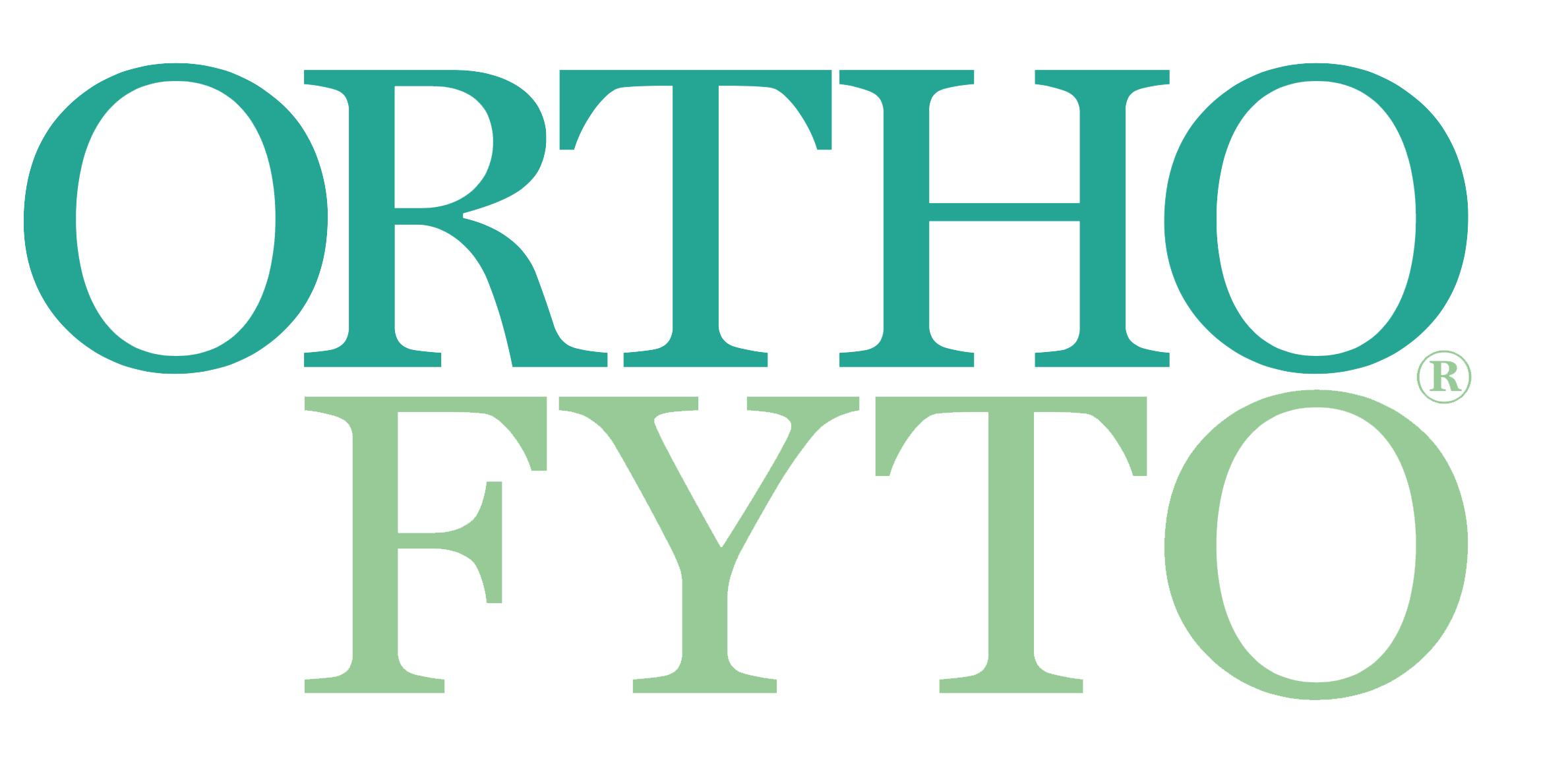Integrale behandeling van Hashimoto’s thyreoïditis
06 Apr, 2022
Door Daniëlle Steenvoorden
In 1912 ontdekte dr. Hakaru Hashimoto de ziekte die later naar hem werd genoemd en die ook Hashimoto’s thyreoïditis (HT) heet. Het is een auto-immuunontsteking van de schildklier; de meest voorkomende oorzaak van hypothyreoïdie én de meest voorkomende auto-immuunziekte. Soms duurt het jaren voor de juiste diagnose is gesteld en de behandeling met schildklierhormoon is lang niet altijd bevredigend. Maar met een integrale aanpak van diverse leefstijlfactoren kunnen patiënten weer grip krijgen op hun gezondheid.
Er is sprake van een toename van de incidentie van HT – momenteel 4,5 per 1000 vrouwen per jaar en 0,9 per 1000 per jaar voor mannen1 – en de ziekte ontstaat ook op steeds jongere leeftijd.2 Het kan lang duren voor de diagnose wordt vastgesteld. Het merendeel van de patiënten heeft schildklierantistoffen, met name tegen thyroidperoxidase (TPO) of thyreoglobuline (Tg). De prevalentie van TPO-antistoffen in de bevolking ligt rond de 14-20%.1,3 Andersom komen TPO-antistoffen bij 95% van de HT-patiënten voor.4 Tg-antistoffen zijn minder sensitief; ze zijn bij 60-80% van de patiënten positief. Zeldzamer zijn antistoffen tegen de natrium-jodium-symporter (17-31%) of pendrine (9-11%).
Het ontstaan van auto-antistoffen kan vele jaren voorafgaan aan het ontwikkelen van de klinische manifestaties van een auto-immuunziekte.5 Na het stadium van stille auto-immuniteit (antistoffen positief, zonder symptomen of weefselverlies) volgt auto-immuun-reactiviteit (met symptomen, nog normaal TSH: schildklier stimulerend hormoon) en vervolgens een auto-immuunziekte met meetbare weefselschade en verhoogd TSH. De auto-immuun-inflammatie zorgt daarnaast ook voor verminderde omzetting van het schildklierhormoon thyroxine (T4) naar tri-joodthyronine (T3). Dit komt door remming van het enzym 5’-deiodinase en door een verstoorde werking van de schildklierreceptor en transcriptie van T3-gecontroleerde genen.6,7
De meeste HT-patiënten weten niet dat ze een auto-immuunziekte hebben; het wordt ze niet verteld en de auto-antistoffen worden meestal niet bepaald. Omdat de klachten soms vaag zijn en in de beginfase de schildklierhormonen nog in het normale gebied vallen kan het jaren duren voordat de diagnose gesteld is.
www.hashimotospecialist.nl
www.hormoonpoli.nl
Lees het gehele artikel vanaf pagina 12 in OrthoFyto 2/22.
Wilt u het gehele artikel als PDF bestand ontvangen? Bestel het dan hier voor € 3,50.
Bronvermelding:
1. Donald S A McLeod, David S Cooper. The incidence and prevalence of thyroid autoimmunity. Endocrine 2012 Oct;42(2):252-65.
2. Benvenga,S. Antonelli,A, Vita, R. Thyroid nodules and thyroid autoimmunity in the context of environmental pollution. Rev Endocr Metab disord 2015 16:319-340.
3. Hutfless S et al. Significance of prediagnostic thyroid antibodies in women with autoimmune thyroid disease. J Clin Endocrinol Metab 2011 Sep;96(9):E1466-71.
4. Caturegli P et al. Hashimoto thyroiditis: clinical and diagnostic criteria. Autoimmun Rev 2014; Apr-May 2014;13(4-5):391-7.
5. Wen-Tao Ma et al. Development of autoantibodies precedes clinical manifestations of autoimmune diseases: a comprehensive review. J Autoimmun. 2017 Sep;83:95-112.
6. Boelen A. et al. Beyond Low Plasma T3: Local Thyroid Hormone Metabolism during Inflammation and Infection. Endocrine Reviews, October 2011, 32(5):670–693.
7. Ajjan R.A. et al. The Pathogenesis of Hashimoto’s Thyroiditis: Further Developments in our Understanding. Horm Metabl Res 2015; 47: 702-710.
8. Fröhlich E. Wahl. R. Thyroid Autoimmunity: Role of Anti-thyroid Antibodies in Thyroid and Extra-Thyroidal Diseases. Front. Immunol., 2017 May 9;8:521.
9. L H Duntas et al. Environmental factors and thyroid autoimmunity. Ann Endocrinol (Paris). 2011 Apr;72(2):108-13.
10. W M. Wiersinga. Clinical Relevance of Environmental Factors in the Pathogenesis of Autoimmune Thyroid Disease. Endocrinol Metab (Seoul). 2016 Jun;31(2):213-22.
11. F. Karimi G.R. Omrani. Effects of selenium and vitamin C on the serum level of antithyroid peroxidase antibody in patients with autoimmune thyroiditis. J Endocrinol Invest. 2019 Apr;42(4):481-487.
12. Krysiak R. et al. The Effect of Vitamin D on Thyroid Autoimmunity in Levothyroxine- Treated Women with Hashimoto’s Thyroiditis and Normal Vitamin D Status. Exp Clin Endocrinol Diabetes. 2017 Apr;125(4):229-233.
13. Dohee Kim. The Role of Vitamin D in Thyroid Diseases. Int J Mol Sci. 2017 Sep 12;18(9):1949.
14. Krysiak R. et al. The Effect of Gluten-Free Diet on Thyroid Autoimmunity in Drug-Naive Women with Hashimoto’s Thyroiditis: A Pilot Study. Exp Clin Endocrinol Diabetes 2019; 127: 417–422.
15. Virili C.et al. Gut microbiota and Hashimoto’s thyroiditis. Rev Endocr Metab Disord. 2018 Dec;19(4):293-300.
16. Mori K. et al. Viral infection in induction of Hashimoto’s thyroiditis: a key player or just a bystander? Curr Opin Endocrinol Diabetes Obes. 2010 Oct;17(5):418-24.
17. Oliveira J. K.et al. Thyroid function disruptors: from nature to chemicals. J Mol Endocrinol. 2018 Jul 13;JME-18-0081.
18. Kassem Sharif et al. Physical activity and autoimmune diseases: Get moving and manage the disease. Autoimmun Rev 2018 Jan;17(1):53-72.
19. Nederlands Huisartsen Genootschap. (2013 juni). NHG standaard Schildklieraandoeningen. NHG. Geraadpleegd op 3 februari 2022, van richtlijnen.nhg.org
20. Federatie Medisch Specialisten. (2012 dec). Schildklierfunctiestoornissen. NIV richtlijn. Geraadpleegd op 10 februari 2022.
21. R D Abbott et al. Efficacy of the Autoimmune Protocol Diet as Part of a Multi-disciplinary, Supported Lifestyle Intervention for Hashimoto’s Thyroiditis. Cureus. 2019 Apr 27;11(4):e4556.
